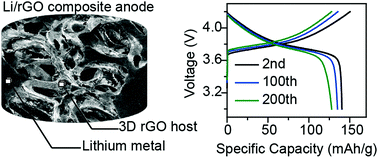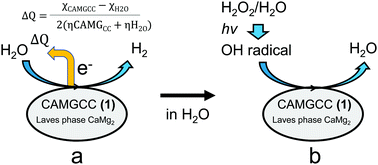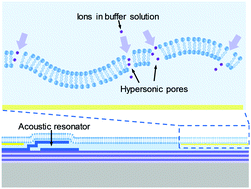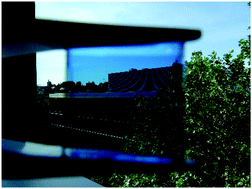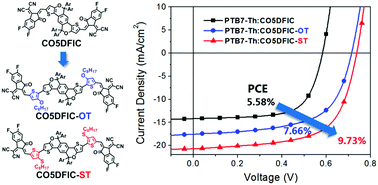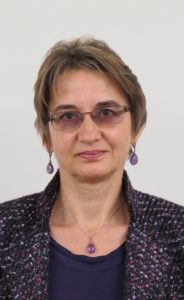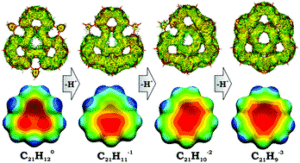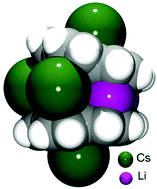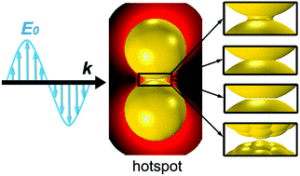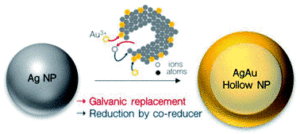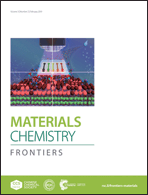Materials Chemistry Frontiers is delighted to share with you the HOT articles of January 2019!
You can access these publications for free till 30th March 2019 by logging into your free Royal Society of Chemistry publishing personal account (http://pubs.rsc.org).
3D hollow reduced graphene oxide foam as a stable host for high-capacity lithium metal anodes
Pengcheng Yao, Qiyuan Chen, Yu Mu, Jie Liang, Xiuqiang Li, Xin Liu, Yang Wang, Bin Zhu and Jia Zhu
Mater. Chem. Front., 2019,3, 339-343
http://dx.doi.org/10.1039/C8QM00499D
Development and reactive oxygen-species scavenging activity of a new chemical hydrogen-generating system, CaMg2-hydroxypropyl cellulose-citric acid, prepared using Laves-phase CaMg2 and its relationship to chemical hardness
Shigeki Kobayashi, Kazuyoshi Chiba and Takashi Tomie
Mater. Chem. Front., 2019, Advance Article
http://dx.doi.org/10.1039/C8QM00488A
Luminescent solar concentrators: boosted optical efficiency by polymer dielectric mirrors
G. Iasilli, R. Francischello, P. Lova, S. Silvano, A. Surace, G. Pesce, M. Alloisio, M. Patrini, M. Shimizu, D. Comoretto and A. Pucci
Mater. Chem. Front., 2019, Advance Article
http://dx.doi.org/10.1039/C8QM00595H
Hypersonic poration of supported lipid bilayers
Yao Lu, Jurriaan Huskens, Wei Pang and Xuexin Duan
Mater. Chem. Front., 2019, Advance Article
http://dx.doi.org/10.1039/C8QM00589C
Highly-efficient semi-transparent organic solar cells utilising non-fullerene acceptors with optimised multilayer MoO3/Ag/MoO3 electrodes
Guangjun Sun, Munazza Shahid, Zhuping Fei, Shenda Xu, Flurin D. Eisner, Thomas D. Anthopolous, Martyn A. McLachlan and Martin Heeney
Mater. Chem. Front., 2019, Advance Article
http://dx.doi.org/10.1039/C8QM00610E
Alkoxythiophene and alkylthiothiophene π-bridges enhance the performance of A–D–A electron acceptors
Lei Zhang, Ke Jin, Zuo Xiao, Xingzhu Wang, Tao Wang, Chenyi Yi and Liming Ding
Mater. Chem. Front., 2019, Advance Article
http://dx.doi.org/10.1039/C8QM00647D


